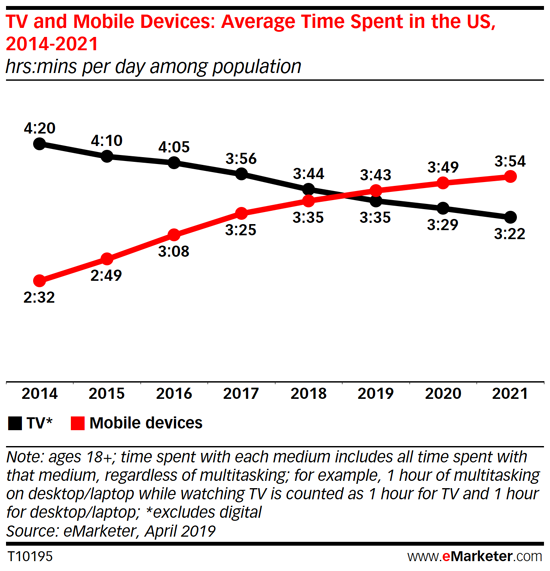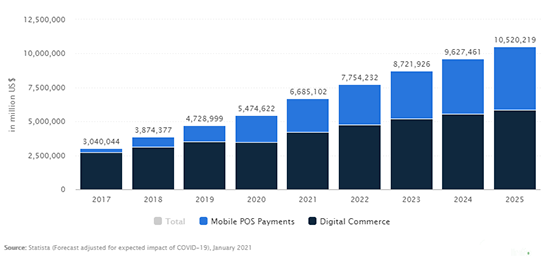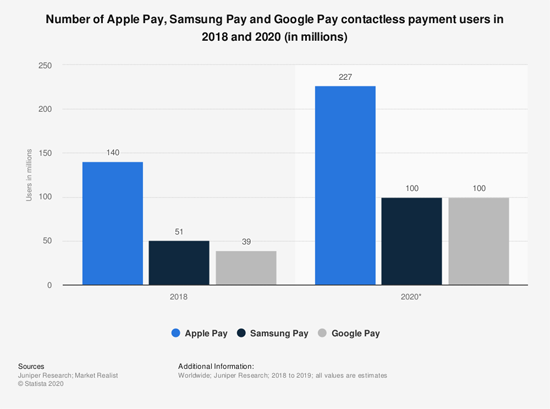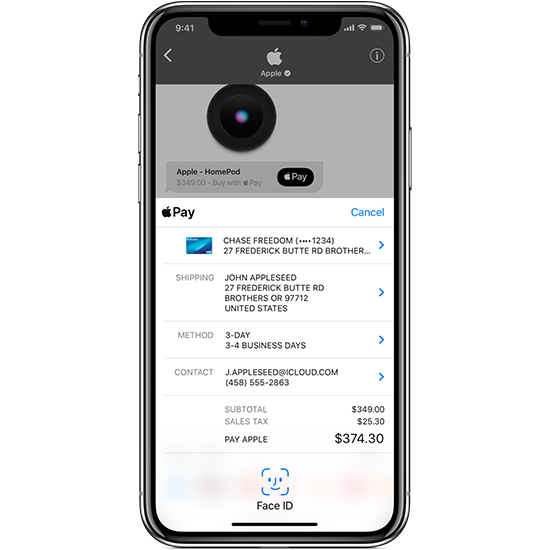- 1. Lacking a Mobile Friendly Website
- 2. Missing a Call-to-Action (CTA) Button Above the Fold
- 3. Forgetting to Adjust Channels to Your Target Audience
- 4. Marketing Without a Customer Data Platform (CDP)
- 5. Skipping Mobile-Friendly Payment Methods
- 6. Using Separate Platforms in the Customer Journey
- 7. Limiting Yourself to Text
- 8. Ignoring Conversational Commerce
- 9. Avoiding Mobile Marketing for Fear of the GDPR
- 10. Undervaluing Personalization
- 11. Forgetting to Promote Your Mobile Marketing Campaigns
- Partner with CM.com To Maximize Your Mobile Marketing in 2021
1. Lacking a Mobile Friendly Website
Believe it or not, there are still plenty of businesses whose websites are not optimized for mobile users. This results in a bad user experience that can negatively impact your success online.
Mobile devices (excluding tablets) accounted for approximately half of global website traffic in 2020. In 2021, mobile content consumption is expected to reach almost 4 hours a day in the US.

The belief that optimizing your website for mobile users requires a lot of effort, time, and money is a thing of the past. With an omnichannel customer engagement solution such as the Mobile Marketing Cloud, you can easily reach your customers on their favorite mobile channels.
2. Missing a Call-to-Action (CTA) Button Above the Fold
An essential part of any mobile landing page is a compelling call-to-action (CTA) button.

The placement of the call-to-action button is crucial for the click ratios.
Place your CTA prominently above the fold, so it’s immediately visible without having to scroll. Use persuasive words and legible text, then perform A/B tests to verify which spot yields the highest conversion.
3. Forgetting to Adjust Channels to Your Target Audience
There is more to mobile marketing campaigns than just mobile landing pages. Use available channels wisely to attract visitors to those landing pages.
Yet, there are so many other channels available that allow you to achieve higher open and click ratios if you adjust them to your target groups.

Test campaigns on Facebook Messenger, SMS, and WhatsApp. If your audience spans multiple countries, don’t forget to look for channels that are popular across borders, such as Viber.
4. Marketing Without a Customer Data Platform (CDP)
Every day, you’re able to learn more about your customers. However, customer data is often fragmented and siloed in separate software systems. As a result, you cannot leverage the data to its full potential and learn new ways to reach your customers.
Our Customer Data Platform (CDP) unlocks your data and solves this problem. It unifies your customer data into 360˚ customer profiles, giving you a complete profile of their past mobile interactions with your brand.

By using a CDP, you gain even more insights into your target group's differences and behavior.
Having these insights allow you to build smart flows and send relevant messages to your customers at moments that matter.
5. Skipping Mobile-Friendly Payment Methods
Once you’ve sent the right message at the right time via the right channel, your customer is convinced and wants to buy your product or service right away.
But what if they don’t find the payment method they prefer? That mistake might cause you to miss out on a conversion. That would be unfortunate, as the transaction value of mobile payments is on the rise.

Offer customers the option to pay via all payment methods. Don't forget to include mobile wallets, such as Apple Pay.
According to industry forecasts, Apple Pay gained 62% more users from 2018 to 2020, making Apple Pay the leading digital wallet in the market.
Other digital wallets show growth — Google Pay is expected to grow by 156%. This emphasizes the need to offer various mobile payment methods.
6. Using Separate Platforms in the Customer Journey
The essence of a successful mobile strategy is a seamless customer experience.
Customers want to chat with your business on their favorite apps. And in the midst of a conversation, having customer insights from previous contact moments is invaluable to your customer service reps. This is only possible if you monitor all channels via a single platform and create complete customer profiles.
Our Customer Contact dashboard enables you to communicate with customers via multiple mobile channels and compile all conversations in one place. Using Customer Contact improves your customer care team’s productivity while increasing employee and customer happiness.
7. Limiting Yourself to Text
If you have been using mobile marketing for a while, you probably remember when you could only use text in SMS messaging. SMS marketing has now expanded to include:
- Rich media
- Attractive landing pages
- Two-way text conversations
However, not all businesses are taking advantage of these opportunities.
Take the time to discover how your customers want to communicate with your brand and select products and features that cater to their needs.
8. Ignoring Conversational Commerce
Does conversational commerce play a prominent role in your marketing strategy?
In 2021, you will not get away with a sales process in which customers have to switch from one platform to another.
Conversational Commerce means that you can start the conversation and complete an entire transaction with a customer in one messaging channel. For example, you could recommend and sell products from one single chat conversation on your mobile website.
An excellent example of conversational commerce is Apple Pay, which allows Apple users to complete transactions without leaving Apple Messages for Business.
9. Avoiding Mobile Marketing for Fear of the GDPR
With the arrival of the new GDPR regulations in 2018, many international companies have become more cautious in approaching customers via mobile devices. However, complying with GDPR privacy regulations is relatively easy.
The most important thing to remember is to ask for explicit permission to send marketing messages.
You can become GDPR-compliant with mobile marketing in four steps:
- Expand your current lead flows with a field for mobile phone numbers and an opt-in checkbox.
- Offer a clear privacy policy and refer to it in your campaign.
- Make your message personal and relevant.
- Provide a suitable opt-out management system.
Read Our Guide to Mobile Marketing Compliance in the U.S.
10. Undervaluing Personalization
Your customers are individuals who demand to be seen and accommodated. A common mobile marketing mistake is not using the power of personalization to your advantage. If your marketing efforts aren’t personalized to each customer, you may be leaving money — and brand loyalty — on the table.
Simple steps like using a customer’s name help create a personal touchpoint that stands out among your competitors. Developing customer segments is a broader way to market to individuals who share common interests and pain points.
11. Forgetting to Promote Your Mobile Marketing Campaigns
Your customers aren’t mind readers. If you don’t tell them about your mobile offers, how will they know what they’re missing? SMS coupon campaigns have shown to be enormously effective, but they will never work unless you promote them.
Use social media and online marketing channels to advise customers about what benefits await them by subscribing to your mobile marketing opportunities. Remember, the more you promote, the greater the awareness and the better your chances of opt-ins and success.
Partner with CM.com To Maximize Your Mobile Marketing in 2021
If you’re concerned about making mistakes on your mobile marketing campaigns, CM.com is here to help. Our Mobile Marketing Cloud and Mobile Service Cloud platforms give you all the tools you need to run successful customer communications and build brand loyalty.
Do you want to get your mobile marketing efforts ready for the new year? Ask for a demo of the Mobile Marketing Cloud today.


